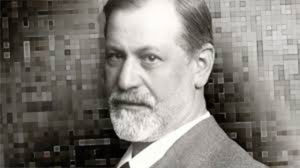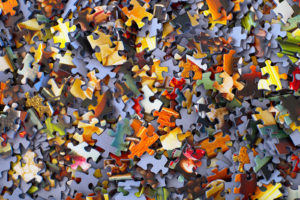La spécificité analytique face aux neurosciences
Résumé
Notre vie psycho-affective se déploie entre deux pôles : le soma avec son organe spécifique – le cerveau – et celui des états de conscience qui se manifestent par le langage, la pensée abstraite, les mille et une figures de la symbolisation et de la création.
Entre les deux pôles : des systèmes de transformation, des sauts entre quantité et qualité, bref un inconnaissable.
La psychanalyse propose précisément entre cerveau et conscience comme données immédiates, un être psychique inconscient qui ne se définit pas par une absence de conscience mais par des hypothèses et des lois propres qui régissent son fonctionnement spécifique.
L'inconscient des neuroscientifiques n'est certes pas celui des psychanalystes. Il s'agit d'un inconscient – absence de conscience – défini comme ce qui peut devenir conscient : mémoires d'automatismes, d'apprentissages non advenus à la conscience, mémoire implicite pouvant comporter les traces de l'environnement affectif de l'enfance.
Samenvatting
Ons psycho-affectief leven ontplooit zich tussen twee polen : aan de ene kant het lichaam met zijn specifiek orgaan, de hersenen, en aan de andere kant toestanden van bewust psychisch functioneren zoals ze zich manifesteren in de taal, het abstract redeneren en duizend en één uitingen van symbolisatie en creativiteit.
Tussen beide polen : systemen van transformatie, sprongen tussen kwantiteit en kwaliteit, kortom een grote onbekende.
De psychoanalyse stelt nu juist voor van tussen deze twee manifeste gegevens, namelijk de hersenen en het bewuste, een onbewust psychische instantie te poneren die niet gedefiniëerd wordt door de afwezigheid van bewust-zijn, maar waarvan het functioneren wél door eigen hypothesen en wetmatigheden geregeld wordt.
Het onbewuste van de neurowetenschappers is zeker niet datgene waarover de psychoanalysten het hebben. Daar gaat het om een onbewuste – namelijk afwezigheid van bewuste – dat gedefiniëerd wordt als wat nog bewust kan worden : het geheugen van de automatismen, van het aangeleerde wat nog niet in het bewuste toekwam, het impliciete geheugen met zijn sporen van de affectieve infantiele omgevingsgeschiedenis.
Summary
Our psycho-affective life unfolds between two poles : the soma, with its specific organ, the brain – and that of our states of consciousness that are manifested through language, abstract thought, the thousand and one figures of symbolisation and creation.
Between the two poles : systems of transformation, gaps between quantity and quality, in a word, the unknowable.
Psychoanalysis proposes, precisely between brain and consciousness as immediate givens, an unconscious psychic being that is not defined by an absence of consciousness but by hypotheses and its own laws that determine its specific way of functioning.
The neuroscientists’ unconscious is of course not that of psychoanalysts. It concerns an unconscious – absence of consciousness – defined as what can become conscious : the memory of automatisms, matters learnt not yet brought into consciousness, implicit memory that can contain traces of the emotional environment of childhood.





